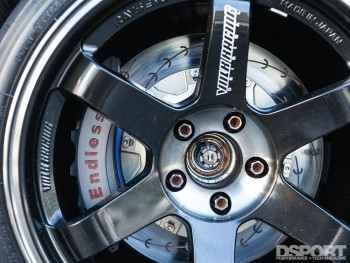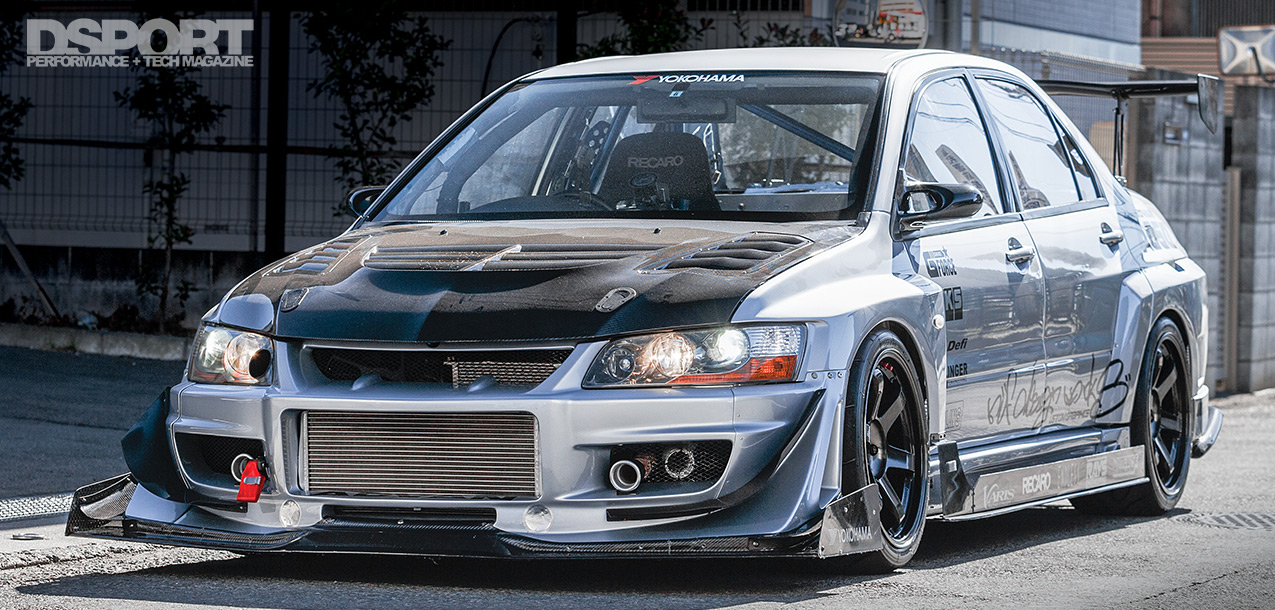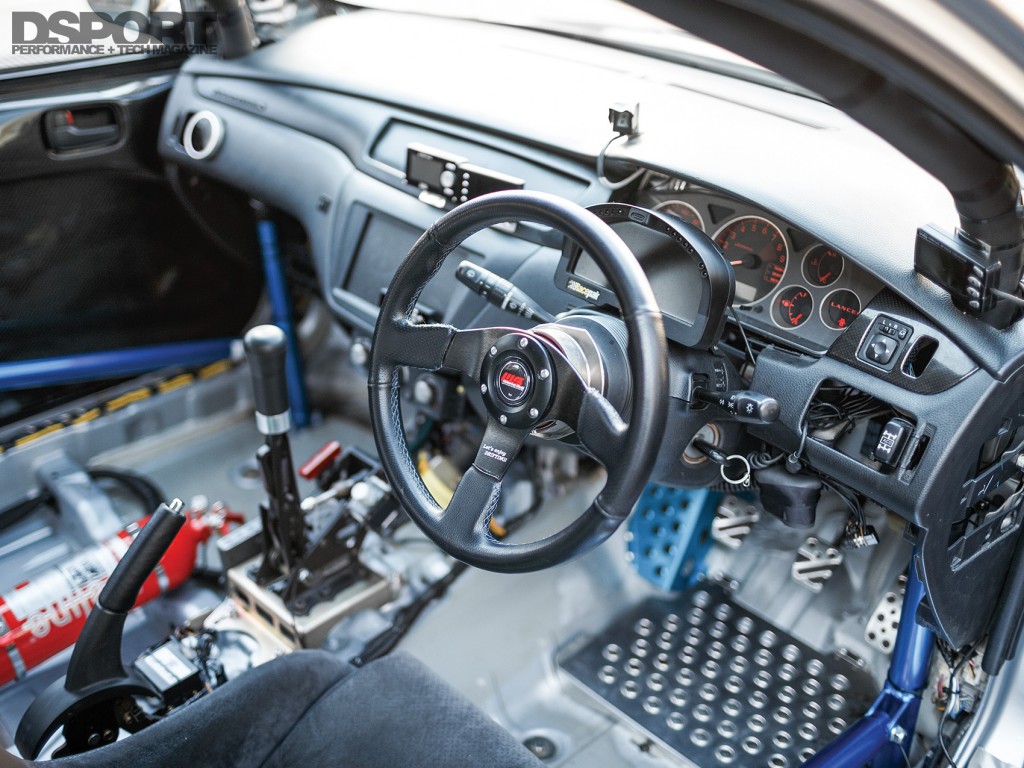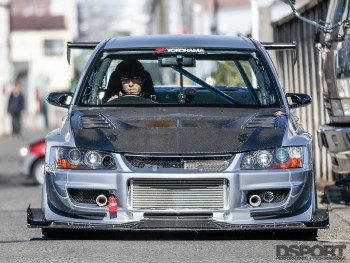Contrary to popular belief, many of the best tuners and cars are not located in the heart of the metropolis called Tokyo. Instead, they’re found in the more rural or industrial sections of Japan. While some have grown to include facilities within the big, densely populated cities, many share a common heritage of having their first shop further away from pedestrian-crowded areas.
Text by Richard Fong // Photos by Larry Chen
In the Aomori prefecture, at the northernmost point of the island of Japan, an RH9 member and renowned Mitsubishi tuning specialist, Garage G-Force, was opened in August 1996. The company founder, Naohisa Tazawa, had worked on Mitsubishis before deciding to venture out on his own. He eventually established a facility closer to Tokyo in the neighboring city, Yokohama. But the enthusiasts in Aomori had not forgotten about Tazawa and his talent with Mitsubishis. A doctor in Aomori, who shares an enthusiastic interest in racing as well as driving, discovered a kindred spirit in Tazawa. The doctor and Tazawa soon formulated a build plan that would make this 2005 Mitsubishi EVO IX into a time attack contender.
Control Supreme
One of the most desirable features of the Japanese-spec EVO IX is the available Active Yaw Control (AYC). First available on the JDM 1996 EVO IV GSR, AYC used steering, throttle input and G-sensors to hydraulically control the torque split to the rear wheels. While the USA did get the EVO IX in 2006, none of the available trim packages offered the handling-enhancing AYC as the JDM GSR and MR trim packages. The JDM aftermarket has taken this technology to another level, adding user adjustability and customization of the AYC system. In the case of this EVO, Tazawa chose the Do-Luck Torque Manager with Digital G-Sensor. By incorporating this device into the factory AYC system, the driver can manually adjust the torque distribution to further tailor the AYC to their liking.
Help For Handling
While controlling the distribution of torque helps with putting the power down, it alone will not help to turn quick laps around Tsukuba and Fuji. To this end, attention shifted to improving the EVO’s handling. To absorb the bumps and to keep the chassis pointed in the right direction through the turns, Garage G-Force- spec Öhlins DFV dampers replaced the factory units at each corner. Thanks to Japan’s super smooth driving surfaces (on both the track and the streets), Tazawa was able to use stiff Hyperco 16.1 kgf/mm springs up front and 14.3 kgf/mm springs in the rear to suspend the chassis. These springs help to keep the Advan A050 rubber mounted to 18-inch Volk Racing TE37SL wheels pressed firmly through the turns and down the straights. A complete Endless competition brake system, composed of forged monoblock calipers, larger rotors and CCR-G race pads, lends to managing entry speeds going into turns.
Tazawa was able to use stiff Hyperco 16.1 kgf/mm springs up front and 14.3 kgf/mm springs in the rear to suspend the chassis. These springs help to keep the Advan A050 rubber mounted to 18-inch Volk Racing TE37SL wheels pressed firmly through the turns and down the straights. A complete Endless competition brake system, composed of forged monoblock calipers, larger rotors and CCR-G race pads, lends to managing entry speeds going into turns.
Added Pressure
The suspension and tires take quite a bit of abuse in the name of improved handling, and aero components from Varis and Voltex Racing further add to the weight they must shoulder. To house the wider TE37SL wheels, the Varis Time Attack Version widebody kit swells the EVO’s profile. Varis crafted a carbon-fiber splitter that is a little wider than the front bumper, along with vertical plates to help direct airflow around the bumper. At the back, Varis’ carbon-fiber diffuser smoothes the airflow coming out from under the chassis to promote downforce, while a carbon-fiber Voltex wing pushes down on the trunk lid.





